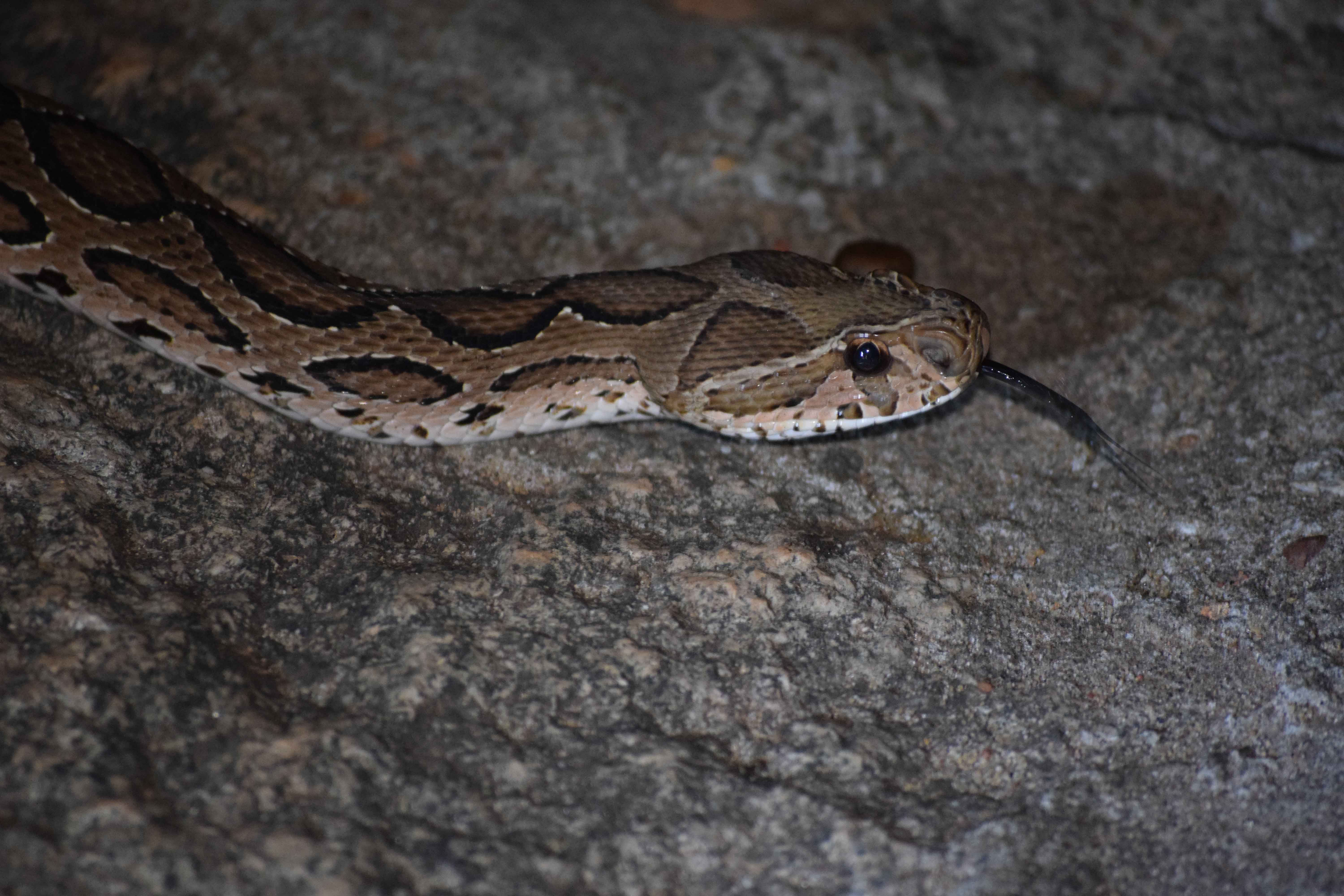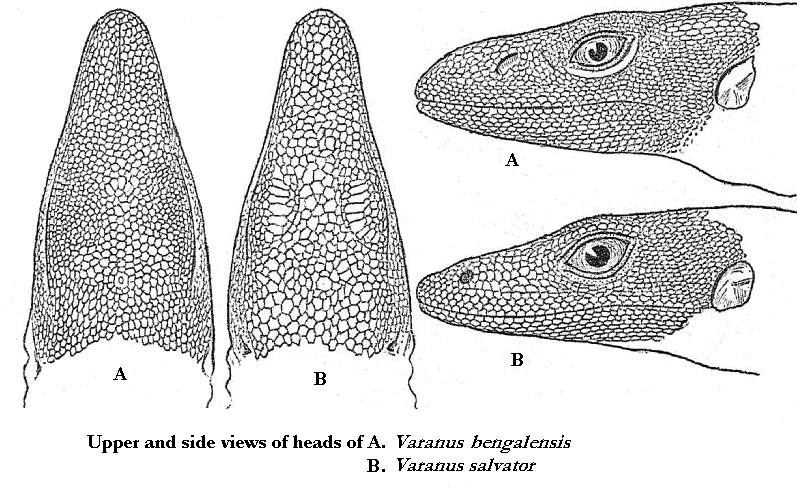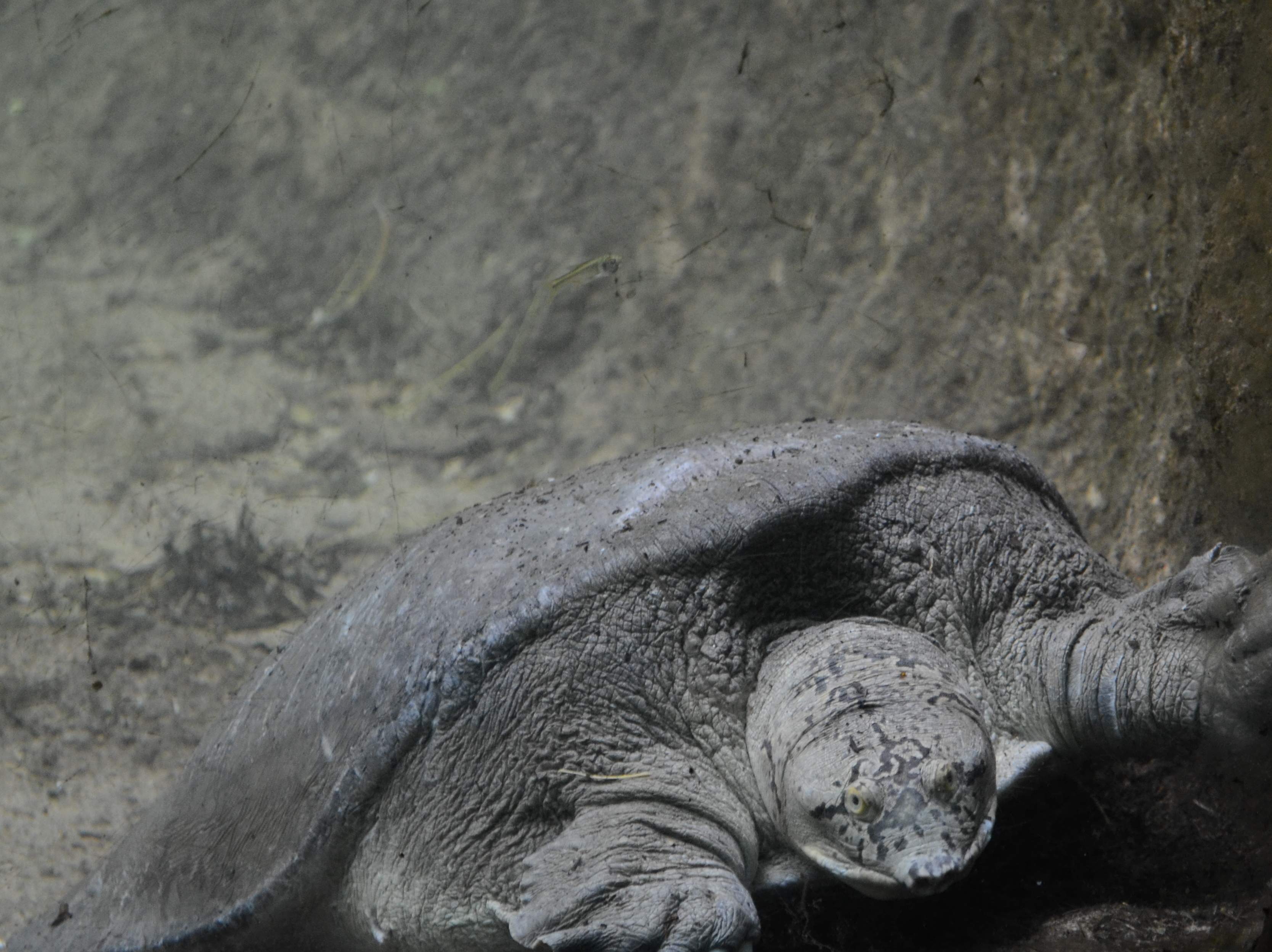|
Shoolpaneshwar Wildlife Sanctuary
Shoolpaneshwar Wildlife Sanctuary is a protected area in India's Gujarat state, located in the western Satpura Range south of the Narmada River and is large. It shares a common boundary with Madhya Pradesh and Maharashtra. It encompasses mixed dry deciduous forest, riverine forest, few pockets of moist teak forest, agricultural fields and two water reservoirs. It was established in 1982. Ecosystem The physical aspect is dominated by Rajpipla hills. Dhanmal is the highest peak in this region. The general slope is towards west. The sanctuary has a vast undulating terrain, lush ever pervading greenery, tall canopy, deep valleys, sombre rocks, gentle streams, and waterfalls. All of these are in the Vindhyan and Satpuran ranges. Zarwani Waterfall The Zarwani Waterfall is deep inside the sanctuary. Flora The Shoolpaneshwar Wildlife Sanctuary is a part of the North Western Ghats moist deciduous forests ecoregion. The forests are moist deciduous with a few small dry bamboo bra ... [...More Info...] [...Related Items...] OR: [Wikipedia] [Google] [Baidu] |
India
India, officially the Republic of India (Hindi: ), is a country in South Asia. It is the seventh-largest country by area, the second-most populous country, and the most populous democracy in the world. Bounded by the Indian Ocean on the south, the Arabian Sea on the southwest, and the Bay of Bengal on the southeast, it shares land borders with Pakistan to the west; China, Nepal, and Bhutan to the north; and Bangladesh and Myanmar to the east. In the Indian Ocean, India is in the vicinity of Sri Lanka and the Maldives; its Andaman and Nicobar Islands share a maritime border with Thailand, Myanmar, and Indonesia. Modern humans arrived on the Indian subcontinent from Africa no later than 55,000 years ago., "Y-Chromosome and Mt-DNA data support the colonization of South Asia by modern humans originating in Africa. ... Coalescence dates for most non-European populations average to between 73–55 ka.", "Modern human beings—''Homo sapiens''—originated in Africa. Then, int ... [...More Info...] [...Related Items...] OR: [Wikipedia] [Google] [Baidu] |
Flora
Flora is all the plant life present in a particular region or time, generally the naturally occurring (indigenous) native plants. Sometimes bacteria and fungi are also referred to as flora, as in the terms '' gut flora'' or '' skin flora''. Etymology The word "flora" comes from the Latin name of Flora, the goddess of plants, flowers, and fertility in Roman mythology. The technical term "flora" is then derived from a metonymy of this goddess at the end of the sixteenth century. It was first used in poetry to denote the natural vegetation of an area, but soon also assumed the meaning of a work cataloguing such vegetation. Moreover, "Flora" was used to refer to the flowers of an artificial garden in the seventeenth century. The distinction between vegetation (the general appearance of a community) and flora (the taxonomic composition of a community) was first made by Jules Thurmann (1849). Prior to this, the two terms were used indiscriminately.Thurmann, J. (1849). ''Essai de ... [...More Info...] [...Related Items...] OR: [Wikipedia] [Google] [Baidu] |
Russell's Viper
Russell's viper (''Daboia russelii''), is a venomous snake in the family Viperidae native to the Indian subcontinent and one of the big four snakes in India. It was described in 1797 by George Shaw and Frederick Polydore Nodder, and named after Patrick Russell, who wrote about it in his 1796 work ''An account of Indian serpents, collected on the coast of Coromandel''. Taxonomy English naturalist George Shaw—with illustrator Frederick Polydore Nodder—in ''The Naturalist's Miscellany: Or, Coloured Figures Of Natural Objects; Drawn and Described Immediately From Nature'' formally described the species in 1797 as ''Coluber russelii'', from a specimen presented to the British Museum by Scottish herpetologist Patrick Russell. Russell had written of the species in his 1796 work ''An account of Indian serpents, collected on the coast of Coromandel'', confirming its highly venomous nature by experimenting on chickens and dogs. He added the native people called it ''katuka retula ... [...More Info...] [...Related Items...] OR: [Wikipedia] [Google] [Baidu] |
Indian Krait
The common krait (''Bungarus caeruleus''), also known as Bengal krait, is a species of highly venomous elapid snake Snakes are elongated, Limbless vertebrate, limbless, carnivore, carnivorous reptiles of the suborder Serpentes . Like all other Squamata, squamates, snakes are ectothermic, amniote vertebrates covered in overlapping Scale (zoology), scales. Ma ... of the genus ''Bungarus'' native to the Indian subcontinent. It is a member of the Big Four (Indian snakes), "Big Four" species that inflict the most snakebites on humans in Pakistan, India and Bangladesh. Description The average length of the common krait is , but it can grow to . Males are longer than females, with proportionately longer tails. The head is flat and the neck hardly evident. The body is cylindrical, tapering towards the tail. The tail is short and rounded. The eyes are rather small, with rounded pupils, indistinguishable in life. The head shields are normal, with no Lore (anatomy)#Herpetology, loreal ... [...More Info...] [...Related Items...] OR: [Wikipedia] [Google] [Baidu] |
Red Sand Boa
''Eryx johnii'' is a species of nonvenomous snake in the subfamily Erycinae of the family Boidae. The species is endemic to Iran, Pakistan, and India. There are no subspecies which are recognized as being valid. Common names include: Indian sand boa,Mehrtens JM (1987). ''Living Snakes of the World in Color''. New York: Sterling Publishers. 480 pp. . John's sand boa, ''erutaley nagam'', ''mannoli pambu'', red sand boa, and brown sand boa. Etymology The specific name, ''johnii'', is in honor of German naturalist Christoph Samuel John (1747–1813), who was a missionary in India from 1771 until his death.Beolens, Bo; Watkins, Michael; Grayson, Michael (2011). ''The Eponym Dictionary of Reptiles''. Baltimore: Johns Hopkins University Press. xiii + 296 pp. . (''Eryx johnii'', p. 135). Description Adults of ''E. johnii'' rarely exceed in total length (including tail), although they sometimes reach 3 feet (91 cm). Adapted to burrowing, the head is wedge-shaped with narrow nost ... [...More Info...] [...Related Items...] OR: [Wikipedia] [Google] [Baidu] |
Indian Rock Python
The Indian python (''Python molurus'') is a large python species native to tropical and subtropical regions of the Indian subcontinent and Southeast Asia. It is also known by the common names black-tailed python, Indian rock python, and Asian rock python. Although smaller than its close relative the Burmese python, it is still among the largest snakes in the world. It is generally lighter colored than the Burmese python and reaches usually . Like all pythons, it is nonvenomous. Description The rock python's color pattern is whitish or yellowish with the blotched patterns varying from tan to dark brown shades. This varies with terrain and habitat. Specimens from the hill forests of Western Ghats and Assam are darker, while those from the Deccan Plateau and Eastern Ghats are usually lighter. All pythons are non-venomous. The nominate subspecies occurring in India typically grows to . This value is supported by a 1990 study in Keoladeo National Park, where 25% of the python po ... [...More Info...] [...Related Items...] OR: [Wikipedia] [Google] [Baidu] |
Bengal Monitor
The Bengal monitor (''Varanus bengalensis''), also called the common Indian monitor, is a monitor lizard distributed widely in the Indian Subcontinent, as well as parts of Southeast Asia and West Asia. This large lizard is mainly a terrestrial animal, and its length ranges from about from the tip of the snout to the end of the tail. Young monitors may be more arboreal, but adults mainly hunt on the ground, preying mainly on arthropods, but also taking small terrestrial vertebrates, ground birds, eggs and fish. Although large Bengal monitors have few predators apart from humans who hunt them for meat, younger individuals are hunted by many predators. Description The Bengal monitor can reach 175 cm with a snout-to-vent length (SVL) of 75 cm and a tail of 100 cm. Males are generally larger than females. Heavy individuals may weigh nearly 7.2 kg. The populations of monitors in India and Sri Lanka differ in the scalation from those of Myanmar; these populations ... [...More Info...] [...Related Items...] OR: [Wikipedia] [Google] [Baidu] |
Indian Flapshell Turtle
The Indian flapshell turtle (''Lissemys punctata'') is a freshwater species of turtle found in South Asia. The "flap-shelled" name stems from the presence of femoral flaps located on the plastron. These flaps of skin cover the limbs when they retract into the shell. It is unclear what protection the flaps offer against predators. Indian flapshell turtles are widespread and common in the South Asian provinces. It is morphologically an evolutionary link between the softshell and hardshell aquatic turtles. Exploitation for profit and habitat change are threats to their survival. Description The carapace of ''L. punctata'' viewed from above is broadly oval in adults, but more circular in young, widest just anterior to hind limbs. The width of the disc is 77-86% of its length, the carapace is moderately arched, shell height is 35.0-40.5% of carapace length, the margin of the carapace is smooth and slightly flared posteriorly, the marginal bones are not united with the pleurals, the pl ... [...More Info...] [...Related Items...] OR: [Wikipedia] [Google] [Baidu] |
Indian Softshell Turtle
The Indian softshell turtle (''Nilssonia gangetica''), or Ganges softshell turtle is a species of softshell turtle found in South Asia in rivers such as the Ganges, Indus and Mahanadi. This vulnerable turtle reaches a carapace length of up to .Ernst, C.H.; Altenburg, R.G.M.; and Barbour, R.W. (1997). Aspideretes gangeticus'', Turtles of the World. Retrieved 17 June 2014. It feeds mostly on fish, amphibians, carrion and other animal matter, but also takes aquatic plants. This turtle is listed in part II of Schedule I of the Wild Life (Protection) Act, 1972 and possession of this species is an offence. Description The species is identified on the basis of the structure of the carapace and plastron. There are eight pairs of costal plates, the last well developed and in contact throughout on the median line; two neurals between the first pair of costals; plates coarsely pitted and vermiculate. Epiplastra narrowly separated from each other in front of the ontoplastron, which forms an ... [...More Info...] [...Related Items...] OR: [Wikipedia] [Google] [Baidu] |
Herpetofauna
Herpetology (from Greek ἑρπετόν ''herpetón'', meaning "reptile" or "creeping animal") is the branch of zoology concerned with the study of amphibians (including frogs, toads, salamanders, newts, and caecilians (gymnophiona)) and reptiles (including snakes, lizards, amphisbaenids, turtles, terrapins, tortoises, crocodilians, and the tuataras). Birds, which are cladistically included within Reptilia, are traditionally excluded here; the scientific study of birds is the subject of ornithology. Thus, the definition of herpetology can be more precisely stated as the study of ectothermic (cold-blooded) tetrapods. Under this definition "herps" (or sometimes "herptiles" or "herpetofauna") exclude fish, but it is not uncommon for herpetological and ichthyological scientific societies to collaborate. Examples include publishing joint journals and holding conferences in order to foster the exchange of ideas between the fields, as the American Society of Ichthyologists and He ... [...More Info...] [...Related Items...] OR: [Wikipedia] [Google] [Baidu] |
Rusty-spotted Cat
The rusty-spotted cat (''Prionailurus rubiginosus'') is one of the cat family's smallest members, of which historical records are known only from India and Sri Lanka. In 2012, it was also recorded in the western Terai of Nepal. Since 2016, the global wild population is listed as Near Threatened on the IUCN Red List as it is fragmented and affected by loss and destruction of its prime habitat, deciduous forests. Taxonomy ''Felis rubiginosa'' was the scientific name used by Isidore Geoffroy Saint-Hilaire in 1831 for a rusty-spotted cat specimen from Pondicherry, India. ''Prionailurus'' was proposed by Nikolai Severtzov in 1858 as a generic name. ''Prionailurus rubiginosus phillipsi'' was proposed by Reginald Innes Pocock in 1939 who described a specimen from Central Province, Sri Lanka and subordinated both to the genus ''Prionailurus''. Phylogeny Phylogenetic analysis of the nuclear DNA in tissue samples from all Felidae species revealed that the evolutionary radiation of the F ... [...More Info...] [...Related Items...] OR: [Wikipedia] [Google] [Baidu] |
Sloth Bear
The sloth bear (''Melursus ursinus'') is a myrmecophagous bear species native to the Indian subcontinent. It feeds on fruits, ants and termites. It is listed as Vulnerable species, vulnerable on the IUCN Red List, mainly because of habitat loss and Habitat degradation, degradation. It is the only species in the genus ''Melursus''. It has also been called "labiated bear" because of its long lower lip and palate used for sucking up insects. It has a long, shaggy fur, a mane around the face, and long, sickle-shaped claws. It is lankier than brown bear, brown and Asian black bears. It shares features of insectivorous mammals and evolved during the Pleistocene from the ancestral brown bear through divergent evolution. Sloth bears breed during spring and early summer and give birth near the beginning of winter. When their territories are encroached upon by humans, they sometimes attack them. Historically, humans have drastically reduced these bears' habitat and diminished their popula ... [...More Info...] [...Related Items...] OR: [Wikipedia] [Google] [Baidu] |








